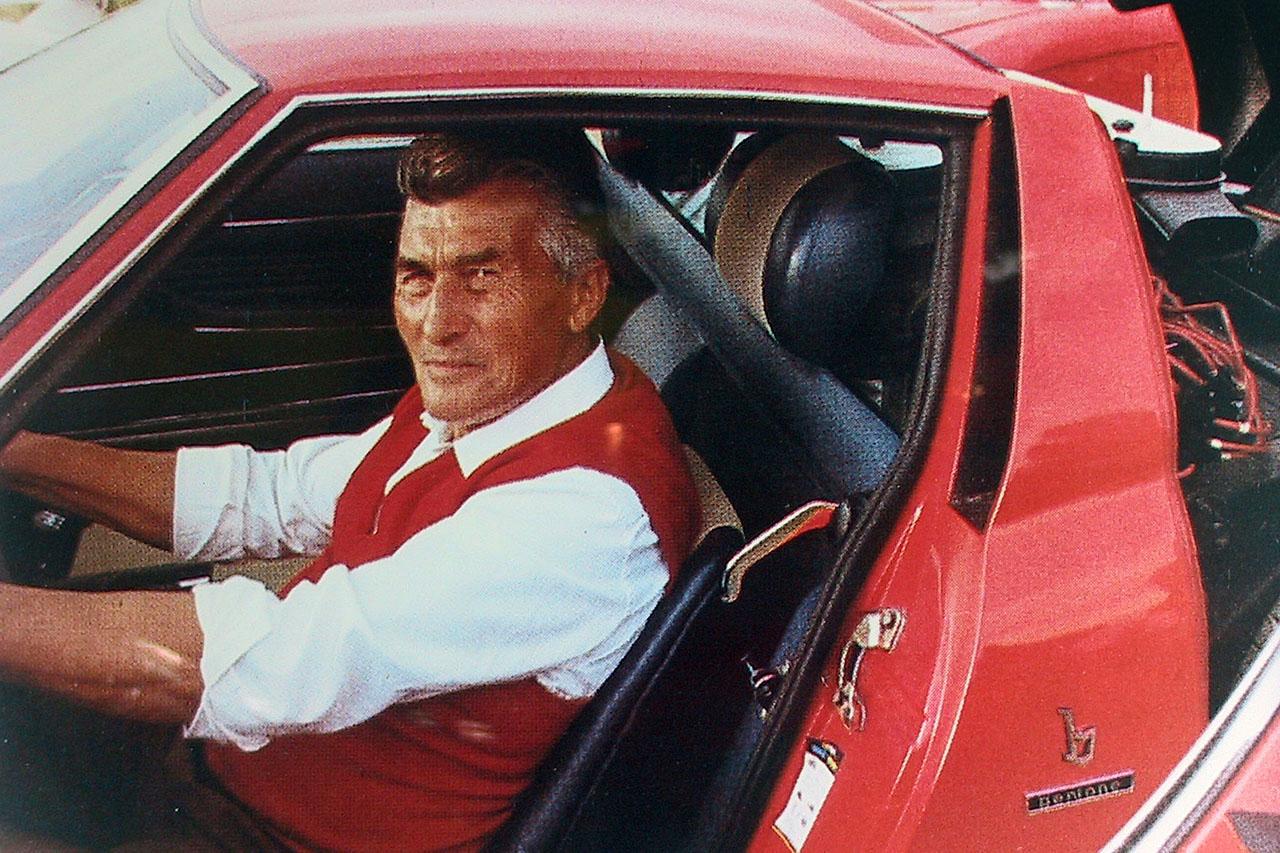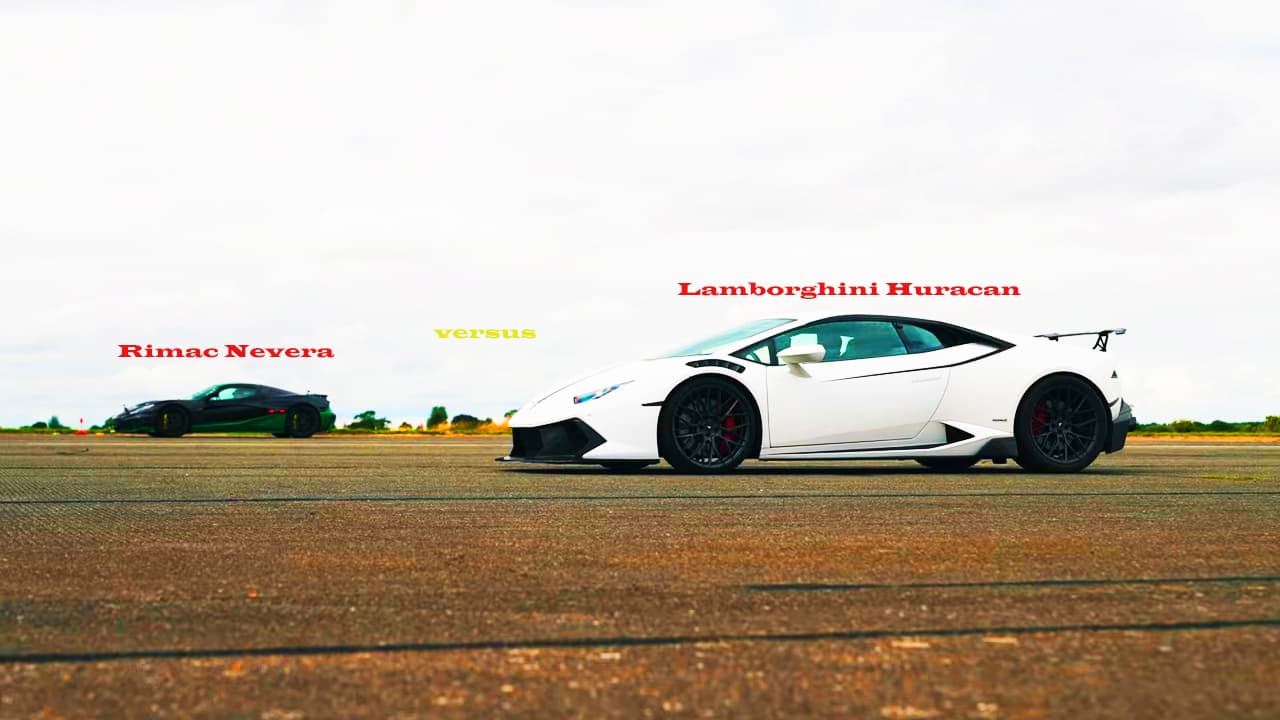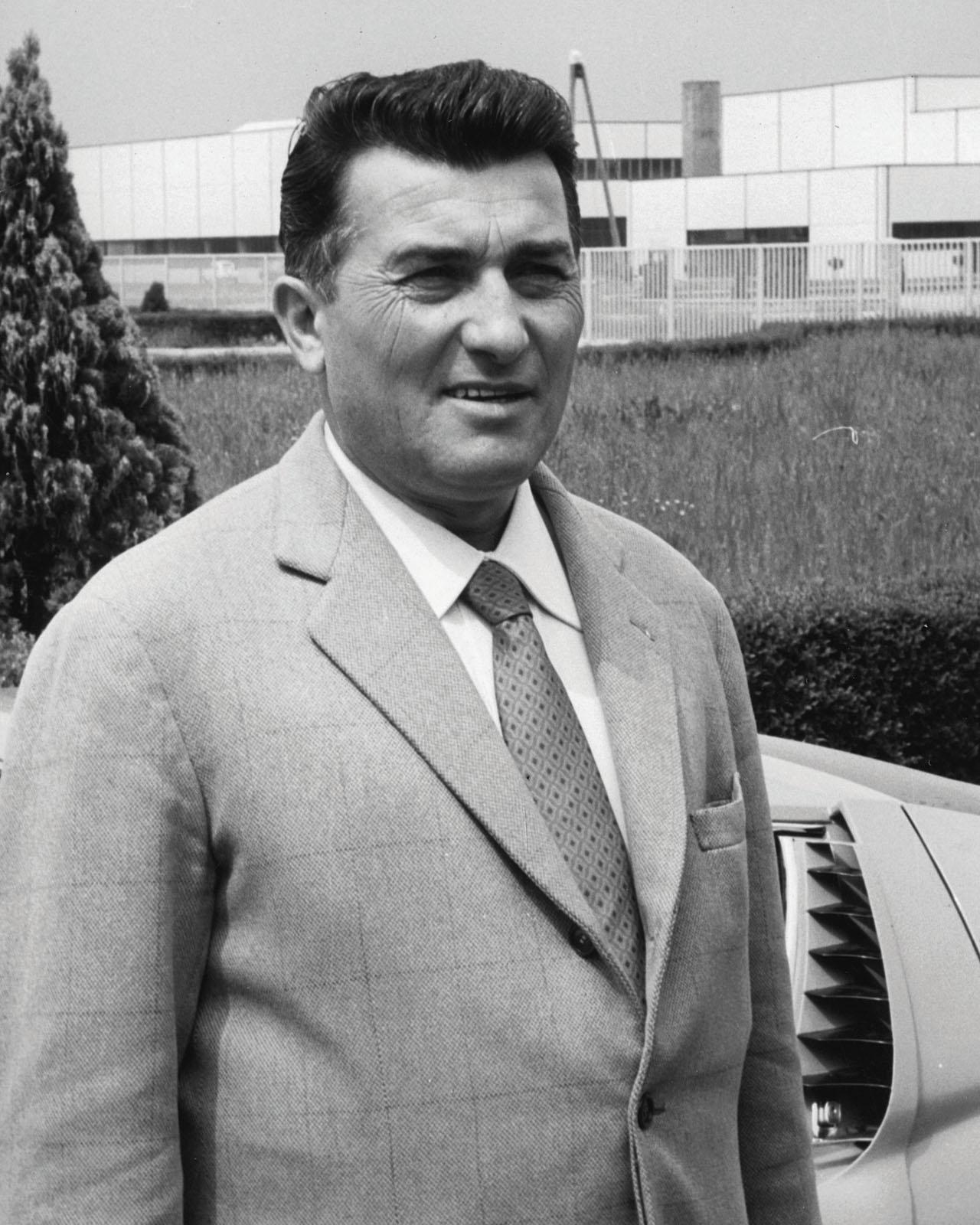
| Fact | Details |
|---|---|
| Born | April 28, 1916, in Cento, Italy |
| Died | February 20, 1993 |
| Net Worth | In 1993 was estimated to be more than $100 million |
| Wives | Cleria Monti (d. 1947), Annita Borgatti (divorced) Maria Theresa Cane |
| Children | Tonino, Patrizia |
| Grandchildren | Ferruccio (named after his grandfather), Ginevra, Lucrezia, Flaminia, and Eginardo |
| Last Car Designed | Lamborghini Countach (debuted in 1971, though he sold his company in 1972 and wasn’t directly involved in later models) |
Ferruccio Elio Arturo Lamborghini, whose birthdate is April 28, 1916, falls under the Taurus astrological sign. His parents, humble farmers, had no idea their son would one day revolutionize the automotive industry. Ferruccio’s fascination with mechanics led him to tinker with his father’s tractor, igniting a lifelong passion. Eventually, he had the opportunity to attend a technical school in Bologna.
Ferruccio served in the Italian Air Force during World War II, primarily in the transport divisions. However, after 1944, he found himself a prisoner of war in the hands of British military forces, who assigned him to their motoring department. This unexpected twist allowed Ferruccio to gain valuable experience keeping vehicles on the road, even with limited access to spare parts.
The Birth of Lamborghini Tractors
After the war, Ferruccio returned to his hometown, where he began converting surplus war materials into tractors, meeting the needs of local farmers. Thus, the Lamborghini tractor business was born in a small garage, eventually growing so successful that it required more extensive facilities.
In late 1947, Ferruccio Lamborghini decided to manufacture a cost-effective yet robust tractor for the small-scale farmers of the ‘Bassa’ region. He ingeniously repurposed various inexpensive surplus military equipment, enhancing the engines and fuel systems, and developed a straightforward internal design. This innovation led to the creation of the ‘Carioca’ tractor, officially unveiled on February 3, 1948, coinciding with the feast day of Saint Biagio, the patron saint of Cento.
The tractor quickly gained popularity among local farmers, who were impressed by its efficiency and affordability, leading to a surge in sales. Recognizing the growing demand, Lamborghini decided to scale up production. With the help of his father, who offered their farm as collateral for a loan from the ‘Cassa di Risparmio di Cento,’ Ferruccio could secure the necessary funds.
This financial boost allowed him to acquire a thousand Morris engines, each with a 6-cylinder, 3,500 cc gas-powered system. He also expanded his workforce, paving the way for producing the L33 tractor, an advanced version of the ‘Carioca.’ By 1950, the company’s annual output had risen to 200 units, with a team of 30 employees. The business operations were meticulously overseen by Annita, Ferruccio’s wife, whom he had married a few months prior.
The tractor business brought immense wealth, allowing Ferruccio to establish another factory focused on air-conditioning and central heating equipment. This enterprise further bolstered his fortune, solidifying his position as one of Italy’s wealthiest individuals. Ferruccio’s love for fast cars grew legendary, including a Mercedes SL300, a Jaguar, and a Ferrari.
Simultaneously, Ferruccio began tuning Fiat cars, even building a Fiat Topolino for himself and participating in the 1948 Mille Miglia competition. Unfortunately, the vehicle was involved in an accident. By 1949, Ferruccio started manufacturing tractors from scratch, launching the Lamborghini Trattori factory. His tractors earned a reputation as the best in Italy, leading Ferruccio to organize tractor-pull events to showcase their superiority.
1951 marked another significant milestone for Lamborghini. The company’s growth necessitated a larger facility. Ferruccio purchased a 10,000 square meter site, formerly a racetrack, where he established the first official production plant for ‘Trattori Lamborghini.’
Ferruccio Lamborghini’s Clash with Enzo Ferrari
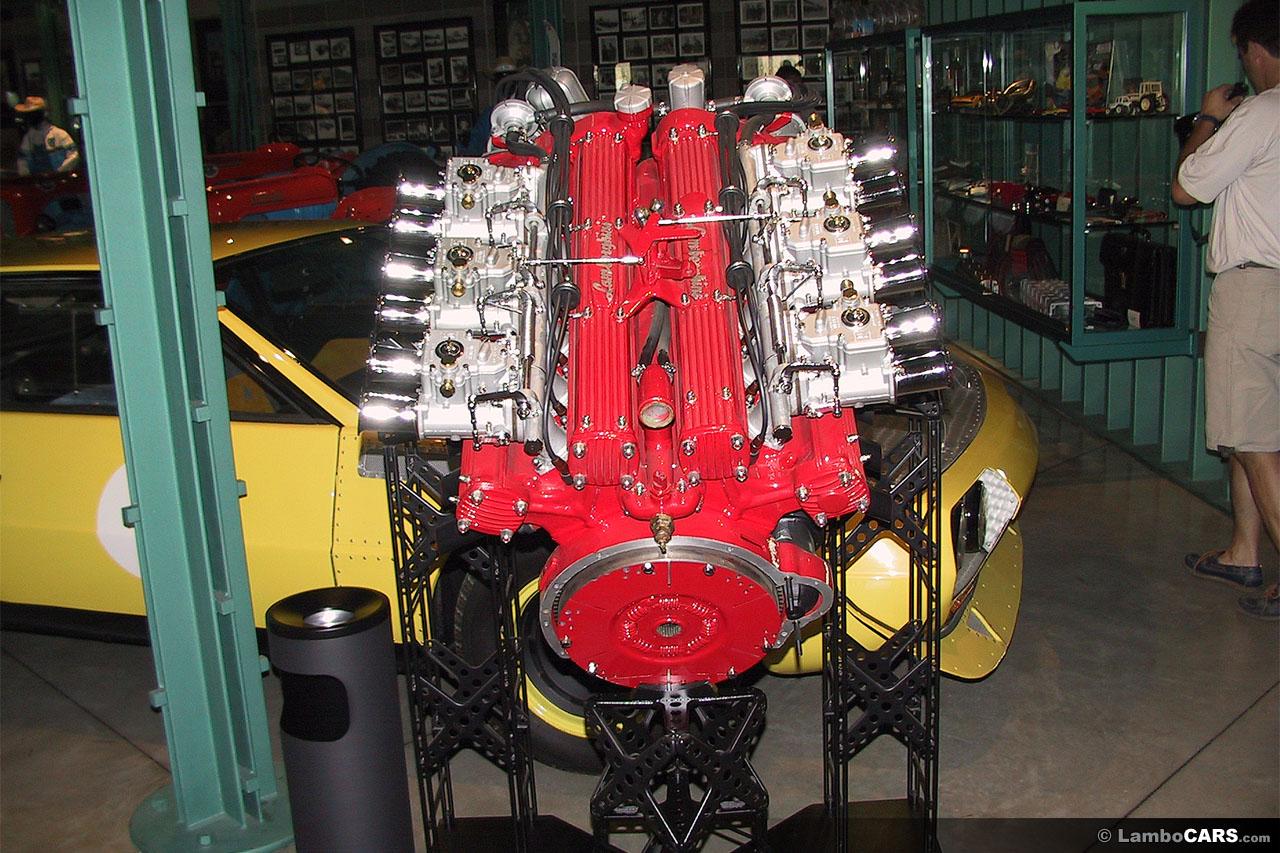
Ferruccio’s personal Ferrari experienced clutch problems, prompting him to approach Enzo Ferrari for a solution. Enzo refused to meet him, but Ferruccio took matters into his own hands. He realized that the Ferrari’s clutch was identical to those used in Lamborghini tractors, so he drove the Ferrari to the Lamborghini factory and installed a Borg & Beck clutch from one of their tractor models. The problem remained the same.
A New Vision: Gran Turismo Cars
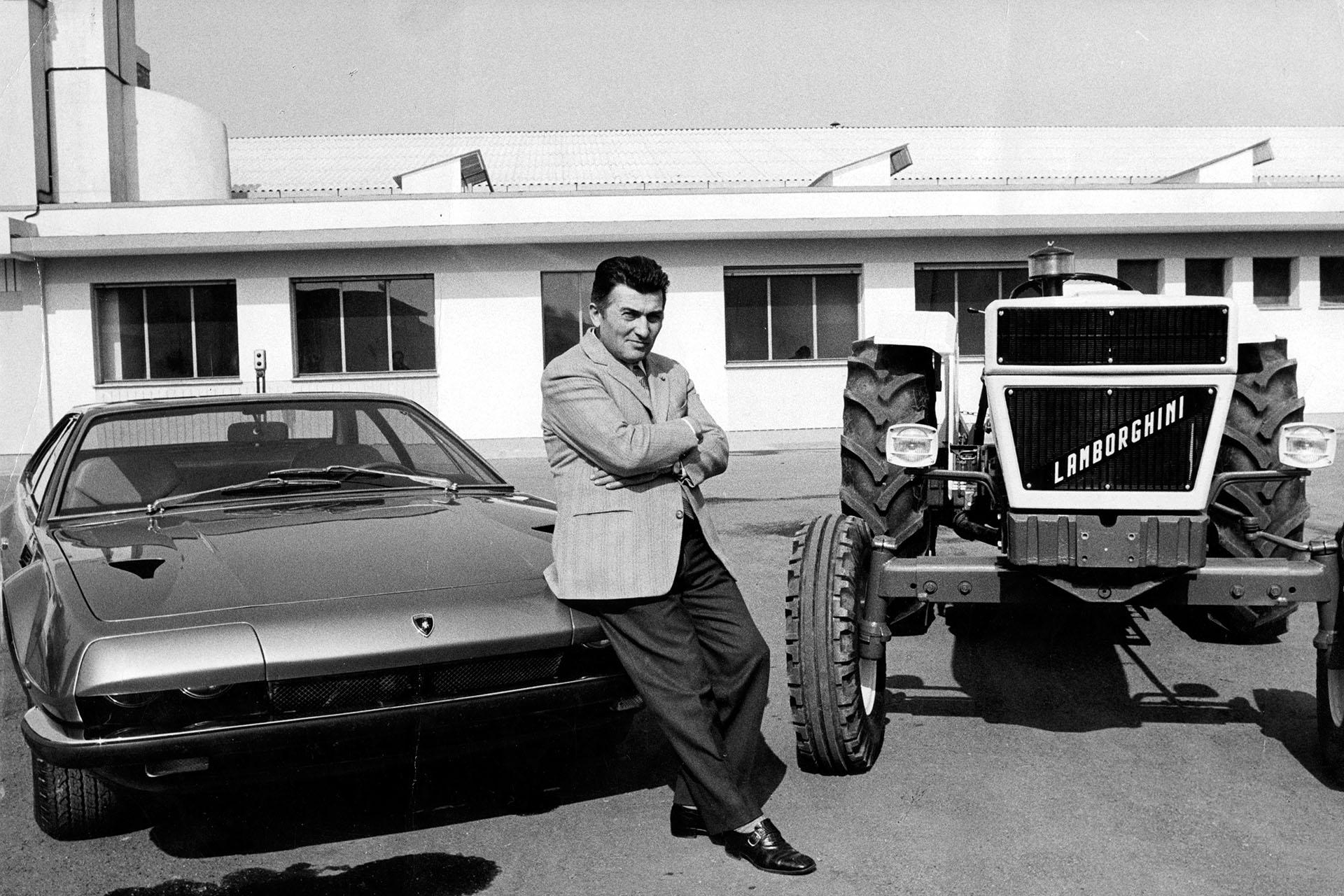
In the 1960s, Lamborghini Trattori established itself as a leader in its industry, with its models gaining worldwide success and personal accolades for its founder, Ferruccio Lamborghini. During a 1959 trip to the U.S., Ferruccio observed the potential in domestic heating burners, a market he anticipated would grow due to economic prosperity and the increasing desire for comfortable homes. Recognizing the opportunity to compete in this new sector, he founded ‘Lamborghini Bruciatori Condizionatori’ in less than a year, hiring top technicians and building a new plant in Pieve di Cento.
However, Ferruccio’s ambitions soon returned to his original passion for cars, leading to a pivotal shift in his business focus by the end of 1962. He assembled a team for this new venture, selecting Gian Paolo Dallara, a young but highly skilled engineer, as the project manager and entrusting the engine design to Giotto Bizzarrini, a former Ferrari employee with experience developing prominent models. This marked the beginning of Lamborghini’s venture into the automotive industry.
Ferruccio, once more, is clear about his vision: a V12 engine, quad camshafts atop each cylinder, dual valves for each, and a sextet of dual-throat carburetors, all lubricated by a dry sump system. As he’s done before, he brings in top talent from rival companies to begin the production of a car that many enthusiasts dream about. He’s determined to showcase this new car at the 1963 Turin Motor Show.
To make this happen, he acquired land in Sant’Agata Bolognese. Here, his team starts their work in a makeshift workshop while the Lamborghini Automobili factory is under construction. The Bull, symbolic of a warrior’s spirit, unyielding and untamed, much like his own astrological sign, becomes the symbol of his new venture.
The company’s grand opening occurred in the fall of 1963, coinciding with the debut of the 350 GT’s frame and engine. Despite skepticism, Ferruccio remains unfazed. After its initial presentation in Turin, followed by Geneva, the car quickly began mass production. It’s assembled in an 11,000 square-meter facility, equipped with two production lines—one for engines, the other for general assembly—and state-of-the-art machinery.
The Birth Of Miura
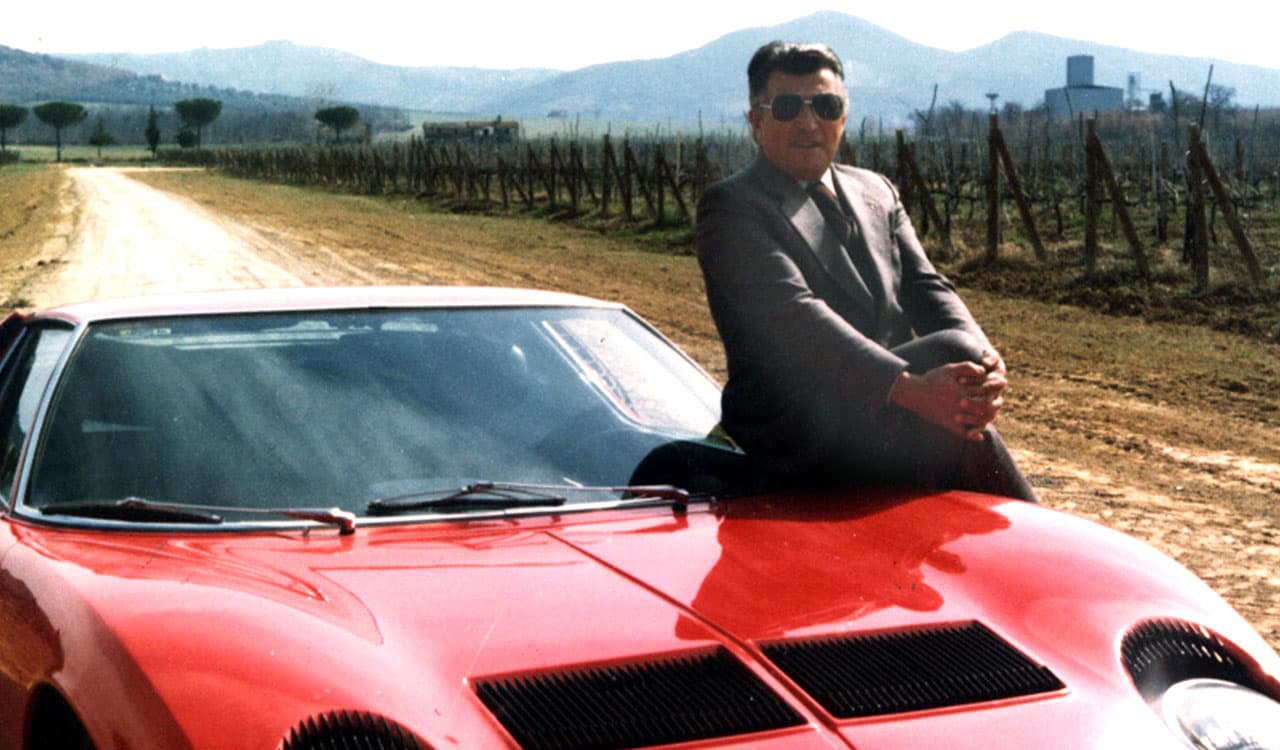
1966, the P400 Miura, a groundbreaking and innovative grand tourer, debuted at the Turin Auto Show. Its design and performance placed it years ahead of its competitors in the automotive world. The Miura quickly captivated a global audience, attracting attention from various buyers, including celebrities from the film and music industries. Its blend of luxury, elegance, and advanced engineering garnered widespread acclaim, elevating it to an artistic masterpiece. This was further cemented by its inclusion in the prestigious Museum of Modern Art in New York since 1968, where it was celebrated as a symbol of automotive excellence and design innovation.
Challenges and Retirement
Unfortunately, a series of setbacks in the tractor business and economic turmoil in Italy led Ferruccio to sell his interests in most of his companies during the 1970s. He retired to his estate near Perugia, Italy, where he started producing wine known as ‘The Blood of the Miura.’
Personal Life and Legacy
Ferruccio had a complex personal life, with multiple marriages and children. His son, Tonino Lamborghini, ventured into designer clothing shops bearing the Lamborghini name in Japan. Ferruccio’s estate, La Fiorita, became a winemaking hub with a private museum showcasing his Lamborghini car collection.
The Legacy Lives On
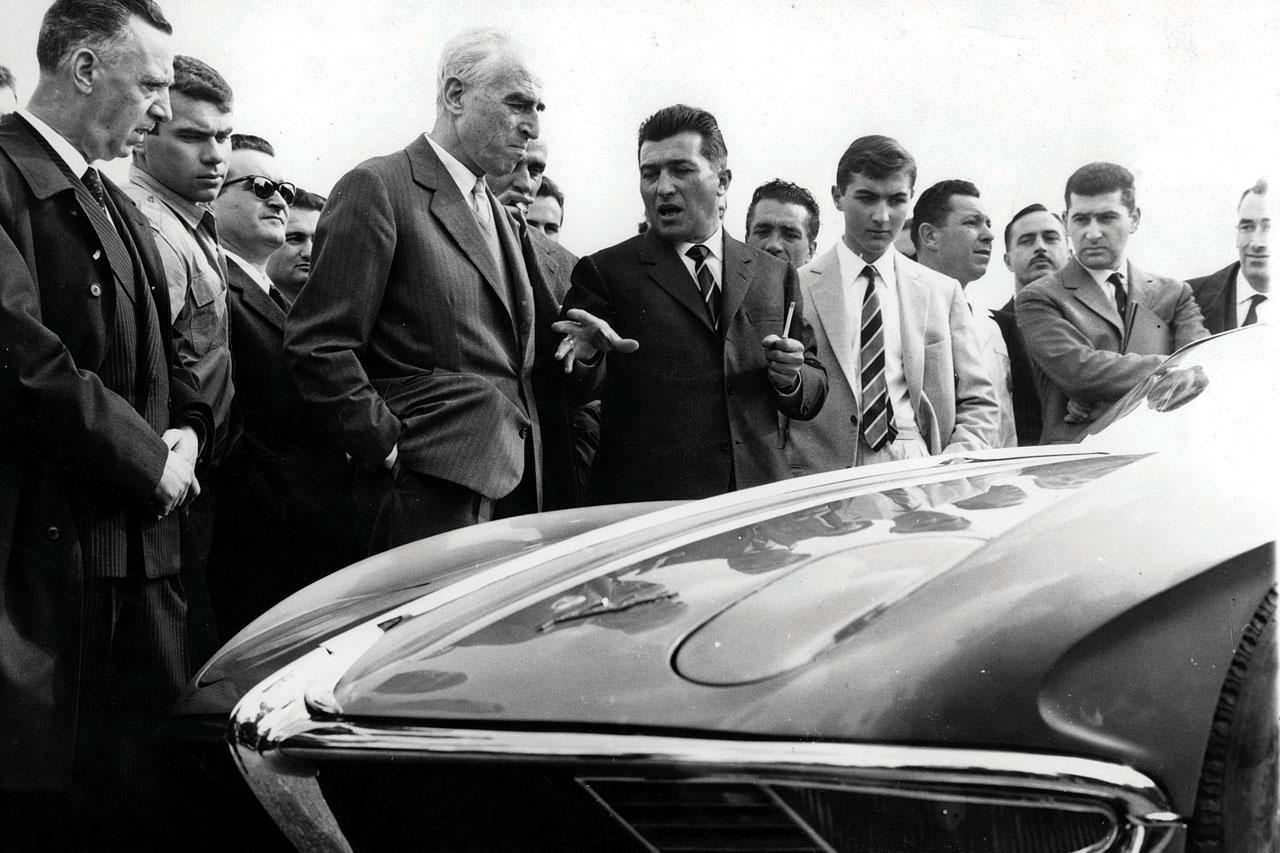
Although Ferruccio Lamborghini died on February 20, 1993, his legacy endures. His grandson, Ferruccio Jr., carries the family name into the future. Today, the Museo Ferruccio Lamborghini in Funo di Argelato houses a vast collection of Ferruccio’s industrial achievements, ensuring that his vision and contributions remain celebrated and remembered.

